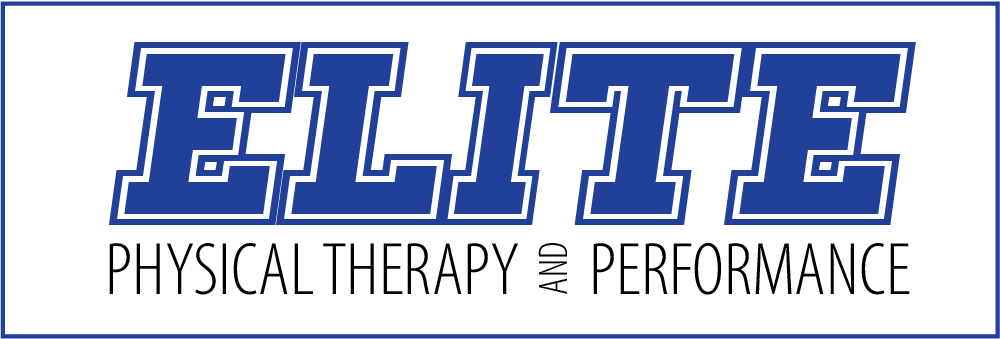Comparing Graston Technique vs. Typical IASTM: What the Research Says
When it comes to treating muscle and joint issues, Instrument-Assisted Soft Tissue Mobilization (IASTM) has become a popular go-to for many physical therapists. You may have also heard of the Graston Technique—it uses specialized tools to work on soft tissue problems, claiming to speed up healing and reduce pain. But does it really stand out from other IASTM methods in terms of effectiveness?
Getting to Know IASTM
IASTM involves using stainless steel tools with specific shapes and edges to manipulate soft tissues like tendons, muscles, ligaments and fascia. The goal is to break down scar tissue, improve blood flow, and ultimately help the body heal better.
What’s the Graston Technique?
The Graston Technique is a less gentle, branded form of IASTM. Like traditional methods, it uses stainless steel instruments with precisely designed edges- it’s sold as a more effective version of traditional IASTM.
What the Research Reveals
Does IASTM Work?
Research supports the effectiveness of IASTM for conditions like tendinopathies and muscle pain. It’s shown to help reduce pain and improve mobility in people with these kinds of issues. That’s why we use it here at Elite.
Graston vs. Traditional IASTM
Here’s where it gets interesting: recent studies call into question whether the Graston Technique truly outshines traditional IASTM approaches:
- Similar Outcomes: One study compared outcomes between the Graston Technique and traditional IASTM for Achilles tendinopathy. They found no significant difference in how much pain decreased or how well people could move after six weeks of treatment.
- No Extra Benefits: Another study focused on lateral epicondylitis (tennis elbow). It compared the Graston Technique against a sham treatment (essentially a placebo). Both groups got better, but there wasn’t any extra benefit from using the Graston Technique over the fake treatment.
- Mixed Evidence: A broader review of studies in this area showed that while some research supports the Graston Technique, the evidence isn’t consistent. There’s a call for more robust studies with bigger groups of people to really nail down whether it’s any better than other IASTM methods.
What This Means for You
So, what’s the takeaway? While IASTM—including the Graston Technique—can be effective for treating muscle and joint problems, the idea that the Graston Technique is significantly better than other methods isn’t backed by the latest research.
When choosing treatment options for our patients, we consider all the evidence. We believe choosing the right treatments for you should be based on what’s proven to work best for your particular condition. At this time, we offer IASTM because we believe that it’s the best option for you!

